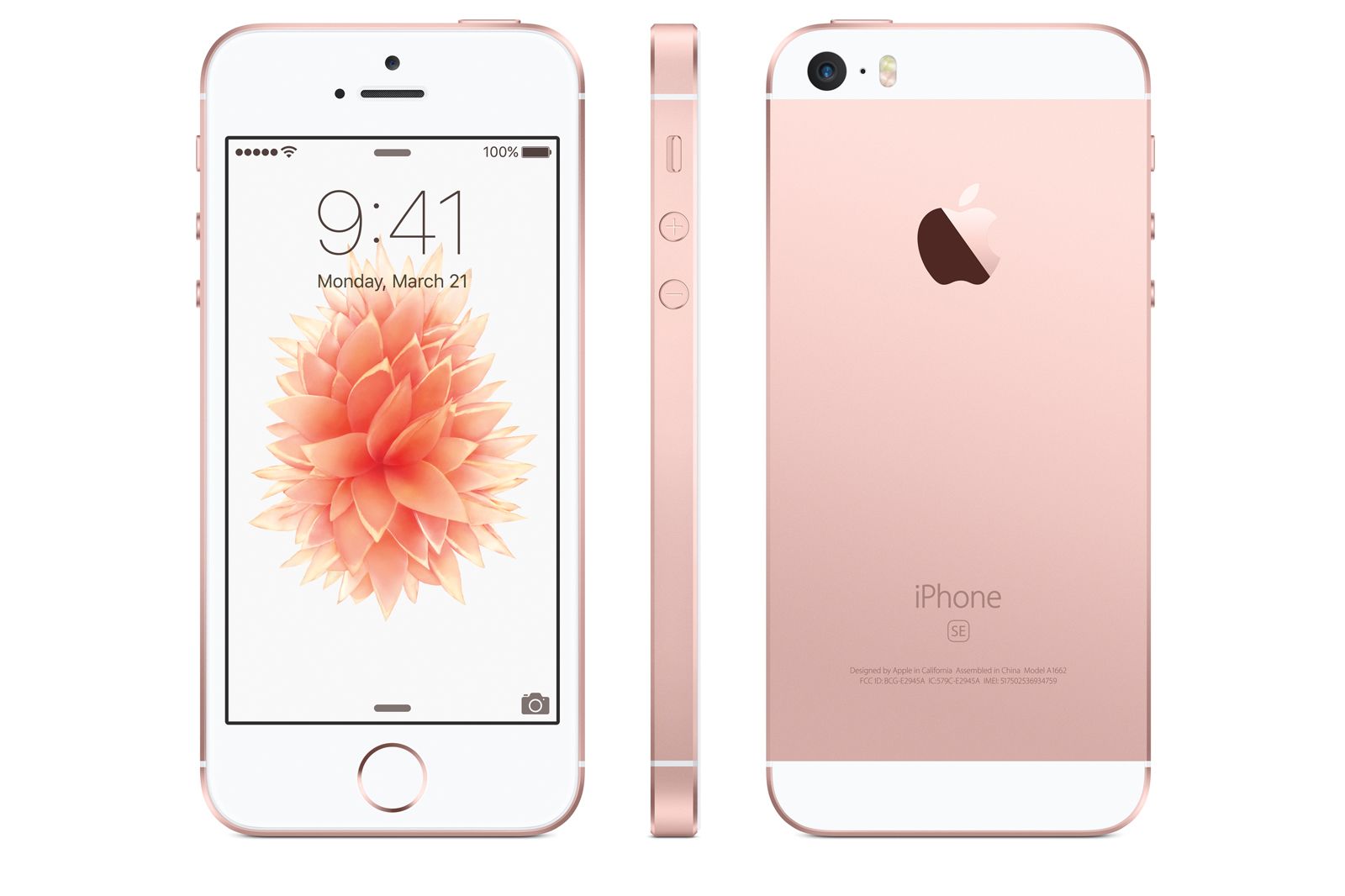Apple has officially announced the iPhone SE, a smaller-scale 4-inch format of the phone, at its special event on 21 March 2016. Wave bye-bye to the iPhone 5C as the entry-level device, which the SE effectively stubs out of the line-up.
Apple said that the smaller format is still hugely popular, with over 35 per cent of users still using the 4-inch format of the iPhone 5 or earlier - so now there's a great opportunity to upgrade without having to settle for second-rate hardware and processing power.
Because the new iPhone SE may be small, but it goes big on the power front: it has the Apple A9 chip, supported by the M9 motion coprocessor, for the same processing and graphical performance as the iPhone 6S line.
The 4-inch screen boasts a "Retina display" too. The LED-backlit widescreen panel has a 1136 x 640 pixel resolution, for a density of 326ppi. That's the same crispness as you'll get from the iPhone 5S, but lower resolution than the iPhone 6/6S and many competitor models.
The iPhone SE will also carry the 12-megapixel iSight camera, offering 4K video capture, as well as the ability to edit 4K video you capture, and all the fancy camera features offered on the 6S, such as Live Photos.
There will also be TouchID through the fingerprint scanner on the front, with support for Apple Pay, so you'll be able to pay conveniently on the go.
The iPhone SE's design is very much the same as the iPhone 5S, so it doesn't get the metal unibody of the iPhone 6, instead sticking close to the design of the device it replaces. But that also means it doesn't get the larger price tag of the top-spec iPhone devices.
The SE will be available from £359/$399 in its 16GB format, and £429/$499 in its 64GB format, with pre-orders opening on 24 March and the device hitting shelves on 31 March. It will be available in Silver, Space Gray, Gold and Rose Gold colour variants, with no impact to price point.

